Chapter two: Education is the key
Chapter 2
Education is the key
Waikato has invested millions of dollars into education since the passing of the Waikato Raupatu Claims Settlements Act 1995.
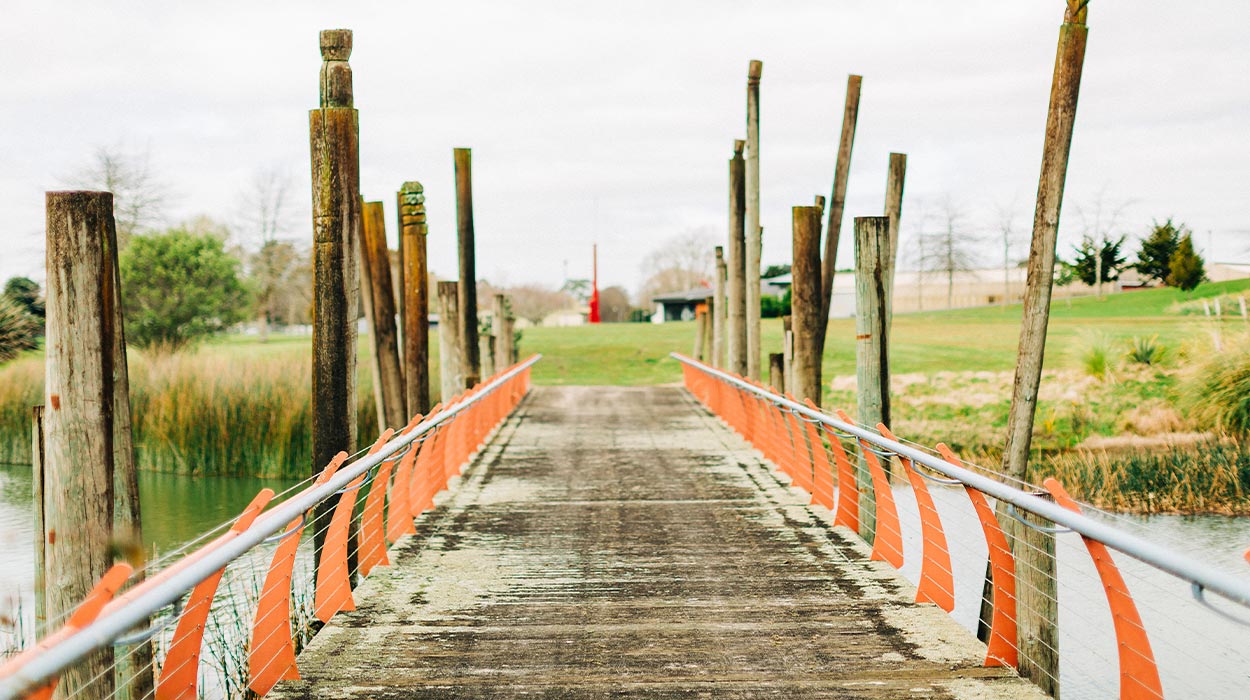
Waikato-Tainui Endowed College for Research and Development
“Maaku anoo e hanga tooku nei whare. Ko te taahuhu he hiinau, ko ngaa poupou he maahoe, he patatee. Me whakatupu ki te hua o te rengarenga, me whakapakari ki te hua o te kawariki.”
I myself shall build my house. The ridge-pole will be of hiinau and the supporting posts of maahoe and patatee. Raise the people with the fruit of the rengarenga, strengthen them with the fruits of the kawariki.
Kiingi Taawhiao
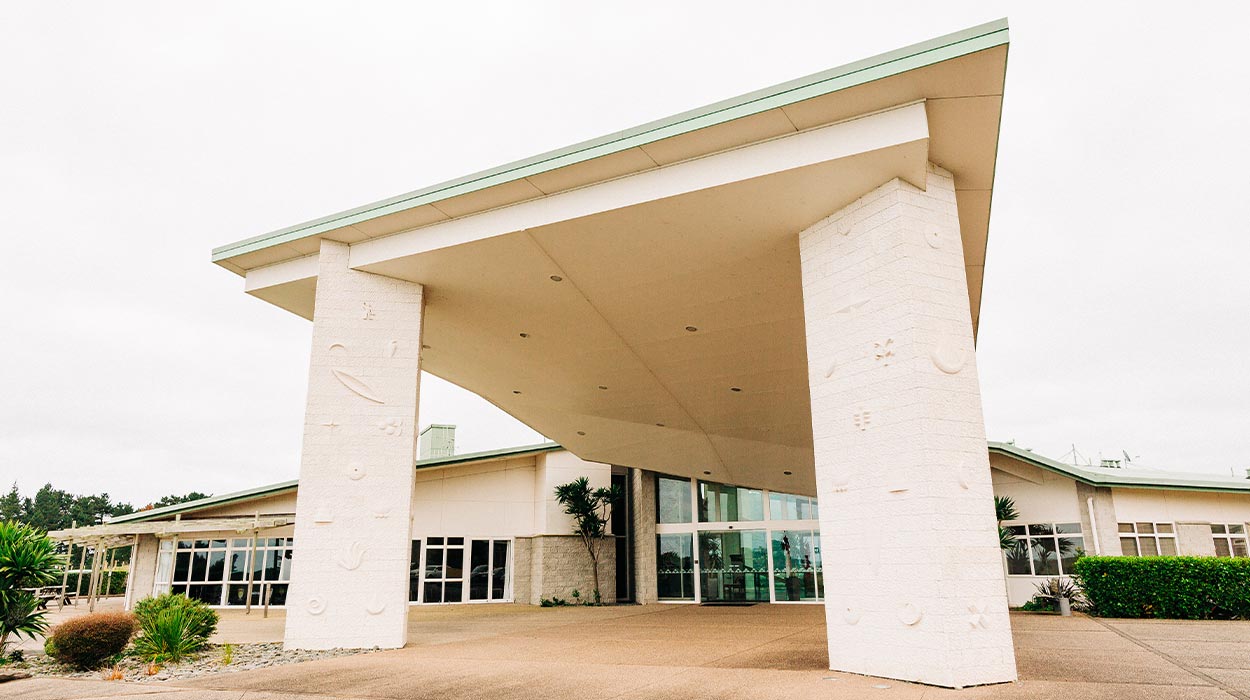
An elitist dream?
The Waikato-Tainui Endowed College for Research and Development stands on a hill above Hopuhopu. Some see it as the vision of Sir Robert Te Kotahi Mahuta. Others see a white elephant.
The Tainui leader who negotiated the $170 million Waikato-Tainui Raupatu Settlement to rebuild the tribe’s economy envisaged a blueprint for its development over 25 years.
Enshrined in the settlement deed were endowments for two colleges. The money would be invested to provide additional income for running costs, postgraduate study and education scholarships.
The $15m Waikato-Tainui Endowed College was the only one built, overlooking the former Hopuhopu army base near Ngaaruawaahia which was part of the 1995 settlement redress package. The planned $4.5m investment for a post-graduate residential college in Auckland never got off the ground and the purchased site on the corner of Anzac Ave and Parliament Street remains vacant.
The colleges were Sir Robert’s retirement plan, to: just read and write and do a bit of teaching…[to] become the kaumaatua of the movement.
The College at Hopuhopu was opened by Te Arikinui Dame Te Atairangikaahu in February 2000. But a year later, Sir Robert died at age 61.
A plot near the college entrance became his final resting place and an eternal reminder to education being the tribe’s greatest cause.
His own education was varied and included a period in the coal mines with his uncles, a stint in the Army and working on the railways. His wife Raiha encouraged him to finish School Certificate and he then went on to study at Auckland University.
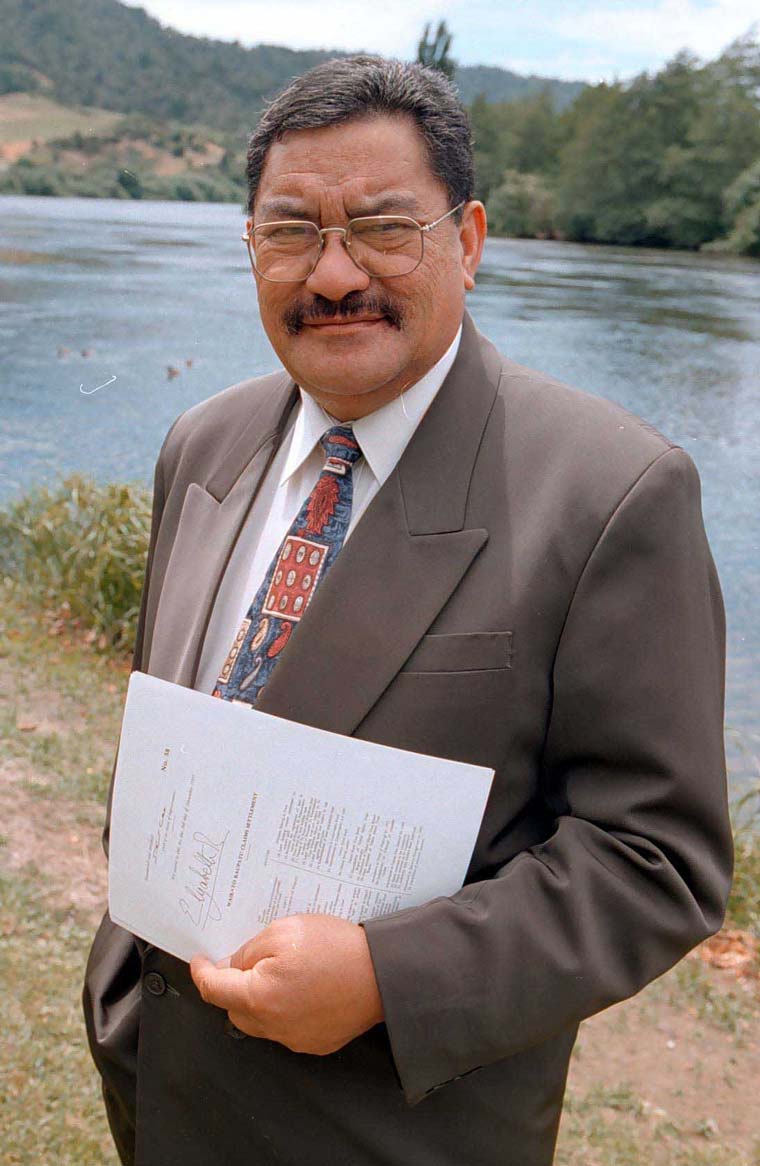
While he was there he was asked by Te Atairangikaahu to head the fundraising for a new dining hall at Tuurangawaewae. Planning had been started by Te Puea, but fundraising had been going on for years with no visible result.
Sir Robert wanted to get a loan, build and pay it off. He asked the Tainui Maaori Trust Board to take on the debt which managed a small $15,000 annual grant secured by Te Puea in the 1946 Tainui settlement. The board refused, but they got on with it and in 1975, Kimiora was opened.
Two years later Sir Robert was in the UK at Wolfson College in Oxford working towards his incomplete doctorate. There, he fell in love with the diversity of an international and postgraduate academic community representing the best minds of the time.
But his time was cut short when he was called home by his kaumaatua to head opposition to the Electricity Department’s proposal to pull down Waahi Paa as part of the Huntly power station development.
Sir Robert’s solution was to get the department to lift the village above the flood level, pumping sand on the site and replacing the topsoil. That battle gave him an appreciation of the attitudes local authorities and the Government had towards Maaori, and was further impetus to resolve the confiscation of his people’s land.
Through it all, he held on to his vision for a similar model of Wolfson College in the Waikato.
Was it an elitist dream?
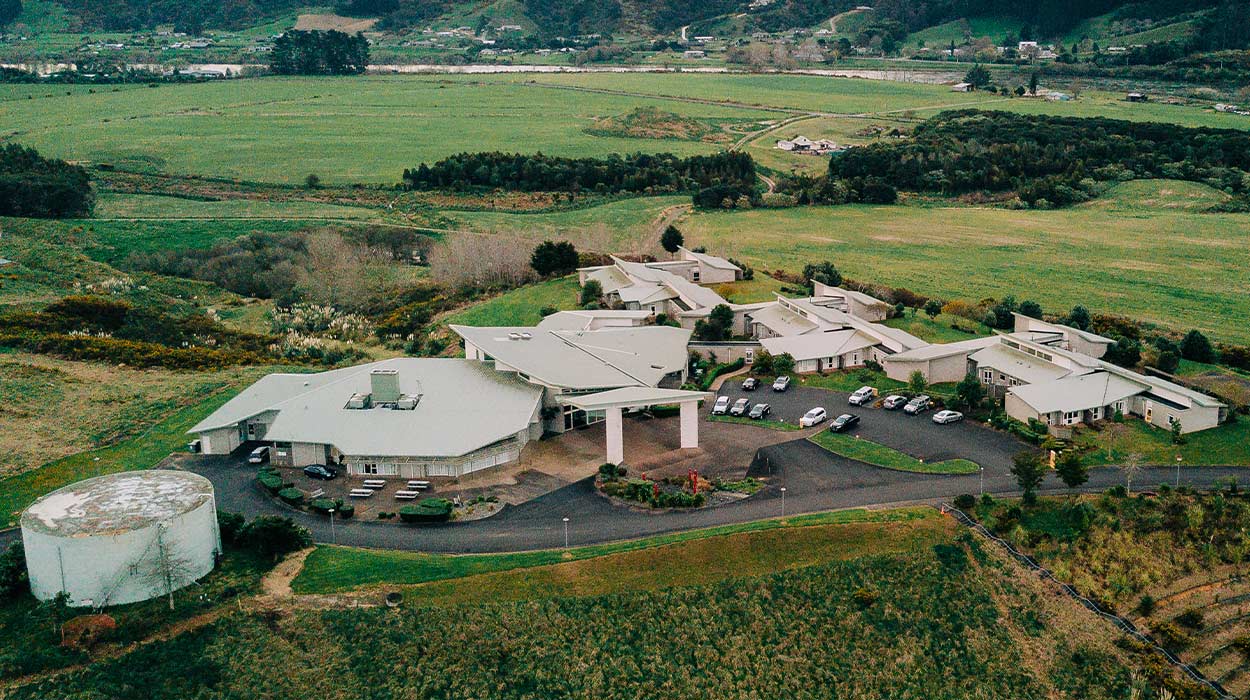
Education a pathway to liberation
Former Tainui legal advisor Shane Solomon, who served with Sir Robert, says the ‘white elephant’ label for the Waikato-Tainui Endowed College was marked by tribal politics and the untimely death of Sir Robert. It needed someone at the helm,
he maintained.
Shane was also there when Sir Robert’s leadership foundered. He was removed from all governance positions within the tribe but continued to represent the Arikinui on the former tribal executive, Tekaumaarua. In-fighting and failed business investments – including the Warriors and non-performing assets in Australia – jeopardised key properties from the tribe’s settlement.
At the time Sir Robert needed daily dialysis for kidney complications and had been in Waikato Hospital for several weeks before his death. During his final hours, he asked Shane to report back on a hui about the tribe’s financial issues. He literally died doing mahi on his death bed,
Shane recalled.
The unfinished business of establishing the Endowed College was also a disappointment but Shane believes its purpose is still relevant.
“It’s not elite as in exclusive, but excellence rather than mediocrity is what we’re aiming for because we want to aspire to the highest levels in education. Education is a path to liberation.”
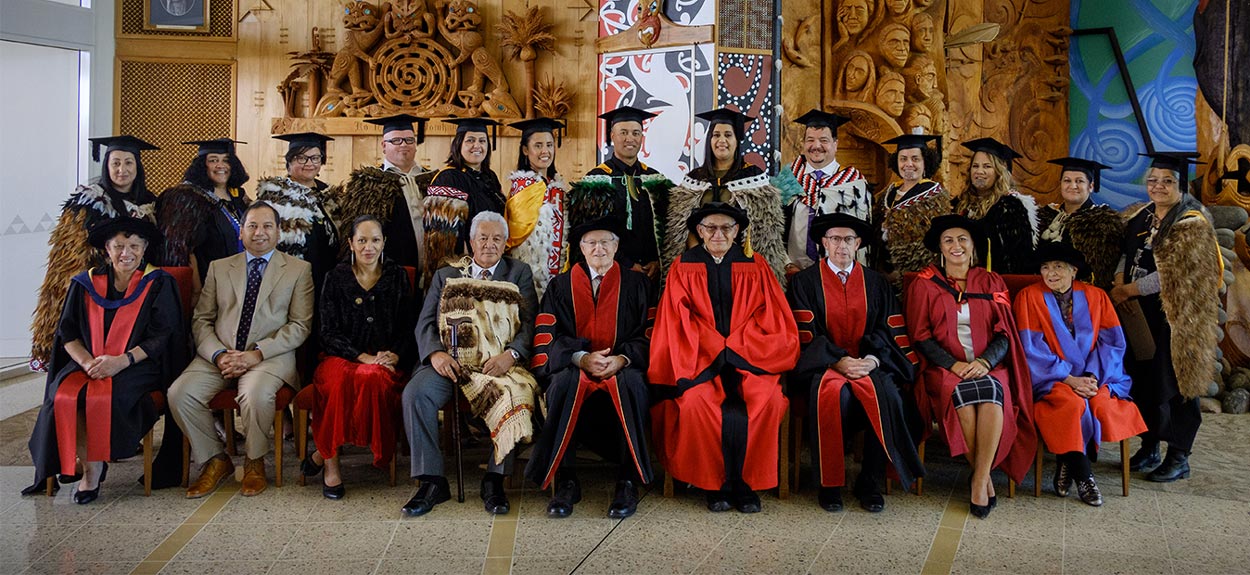
Waahine toa provide leadership
Women have played a key role in the college’s leadership and include Dr Ngapare Hopa, who was the first Māori woman to become a PhD in 1977 and Dr Sarah-Jane Tiakiwai, its inaugural Academic Director.
Reflecting on the development of the Endowed College, Dr Tiakiwai says the launch of the Tuumate Maahuta scholarships for postgraduate study in 1996, a year after the Raupatu settlement, was the forerunner to the bricks and mortar of the College.
Dr Tiakiwai, who had previously graduated from Auckland University with a Master’s degree, was encouraged by Sir Robert Mahuta to undertake her PhD – and later that year she became was the first Waikato-Tainui doctoral scholarship recipient.
“Now all these years later the opportunities that have come about as a result of that, I think for me it’s a huge personal investment that the tribe made not just through the scholarship but all the opportunities that came from that.”
She’s proud of the Governance Training programme – Piki Tuu – that they developed in collaboration with Ngaai Tahu to assist tribal members to learn the ropes of governance from an iwi perspective, as well as a summer internship programme for undergraduates. There was also a marae development programme called Whakatupu Marae. During her stewardship as academic director, Dr Tiakiwai had four MBA cohorts graduate – an opportunity to develop the next cadre of leaders.
While she has enjoyed her role as Deputy Vice-Chancellor at Waikato University since she was appointed in 2017, Dr Tiakiwai looks to the future of the Endowed College with much optimism, as it seeks to fulfil the vision of its founder.
“It was often talked about as a white elephant, but it was more the discussions and the think tank and the research that would come out of it and how it would that benefit the tribe.”
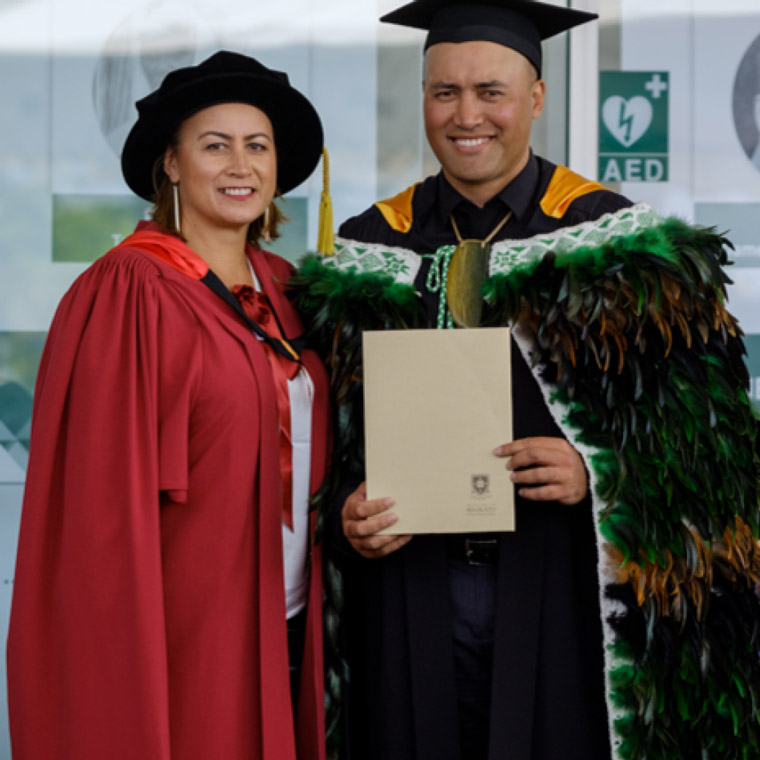
Lady Raiha Mahuta is another unsung hero in the College’s development. She continued on the work of her late husband and secured an endowment for the College as an addition to the 2008 Waikato River Settlement. The educational centre was to provide leadership, innovation and research in indigenous development and practices with a special focus on improving the health and wellbeing of the Waikato River.
In 2018 a restructure saw the appointment of a chief executive officer, Dr. Cheryl Stephens and an executive team.
Stephens says the College’s mission is grounded in the pursuit of tino rangatiratanga (self-determination) and the tongi (prophetic saying) of King Taawhiao, Maaku anoo e hanga i tooku nei whare – I will build this house where I reside.
“It’s about ‘fashioning our own house’ as well as implementing Sir Robert’s vision of the College for transforming tribal members into international citizens through postgraduate study and higher education.”
Ideally, the College’s student population will be made up of a third of Waikato tribal members. The mix will also include New Zealanders and international or indigenous students.
While that still remains a long term goal, a partnership with Te Whare Waananga o Awanuiarangi is growing its first cohort of professional doctorate students. Ten of the 14-strong group are from Tainui.
“One of the key elements is the international outreach,” Cheryl said. “So we have interactions with students from indigenous communities in Maui, Hawaii and Tacoma in Seattle.”
Over the years thousands of tribal members have received grants from the Tainui Maaori Trust Board’s small 1946 settlement fund but there was no tracking system to show how their studies went and where they are now.
Since 2003, $14 million of scholarships have been awarded to tribal members, with more than 600 recipients in the past financial year. The top three institutions that tribal members are enrolled at are Waikato University, Te Waananga o Aotearoa and Auckland University of Technology (AUT) and the top fields of study are sciences, education and social services.
Waikato-Tainui General Manager Education and Pathways Raewyn Mahara says they are in a much better space nowadays. The tribal database shows what qualification the applicants have and what marae they belong to, which gives them the ability to provide and connect students with internship and job opportunities.
“We are far more co-ordinated and more purposeful around utilising this database and supporting our people, it’s not a one-hit-wonder – here’s some money – but it’s connecting them to a bigger purpose,” says Mahara.
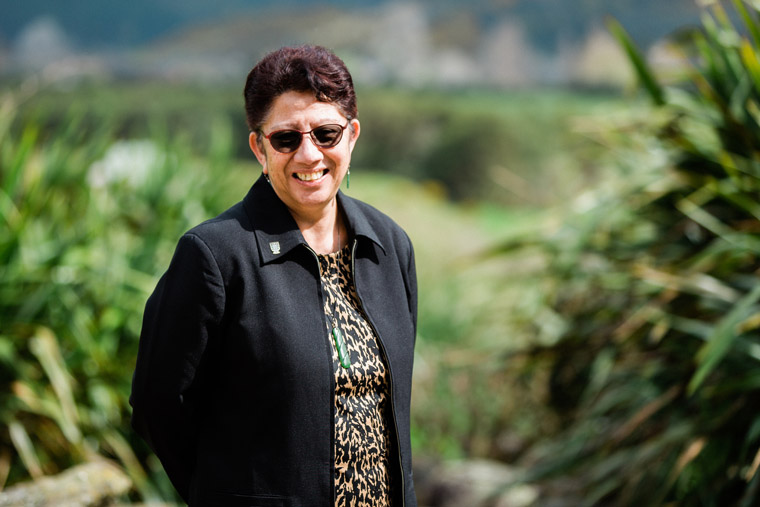
Cheryl and her team have since created a Matanga network, reaching out to tribal members with doctorates. So far they’ve reconnected with 49 of 100 doctoral graduands who are keen to contribute to tribal development, and a big aim is to eventually build research communities at a marae level.
“Some of it is around growing their own community researchers, people who haven’t been involved with practical research, teaching them to use that, then cater to the marae’s own research needs going forward.”

‘Being ready to reciprocate’
One of those Waikato academics now connected to the College is Auckland University of Technology (AUT) lecturer Dr Dean Mahuta. The 38-year-old could easily be the face of a marketing campaign for Waikato.
He’s a former student of Huntly’s Te Wharekura o Rakaumangamanga, a graduate of Otago University and AUT. Key influencers for Dean were his cousins Nanaia and Tipa Mahuta, and Waikato statistician Professor Tahu Kukutai and her brother Arama, who co-founded one of the world’s leading AgTech venture companies.
Armed with a Tuumate Maahuta scholarship, he intended to study science and become a geneticist. But he had an ‘aha moment’ when Professor John Moorfield encouraged him to study Maaori. He ended up with a Bachelor of Arts with honours, and began a dissertation on the Kiingitanga and whaanau support for this long-standing institution. His master’s thesis looked at raupatu or confiscation and his doctorate focused on the Waikato River claim.
“The river became the weaver of these three stories,” mused Dean. “For me it’s about being available when people call…being ready to reciprocate that gifting of knowledge to you.”
Twenty-five years ago, Waikato Maaori had the lowest number of people with high school and university qualifications.
Those figures are improving – slowly – and the tribe’s education plan, Te Mana o Te Matauranga, may offer solutions.
Waikato-Tainui General Manager Education and Pathways Raewyn Mahara says the tribe has realigned its priorities for the next 12 months following the global pandemic COVID-19 to help develop whaanau and marae sustainability.
“There will be a focus on retraining, a focus on what our talent pool is, what our transferable skills are, how do we position ourselves into spaces where we can support our whaanau to be business owners, to be knowledgeable in water storage and land utilisation so no matter whatever may happen in the future we are taking care of business for ourselves and leading the way.”
The current cadre of Tainui leadership identified by Sir Robert Mahuta two decades ago are now in governance roles within and outside the tribe. Cheryl says the college plans to add to this by producing or connecting with other shining lights.
I think there’s some opportunities for the Maatanga Network…not necessarily because they have a PhD but because they are tribal members and want to make a broader contribution.
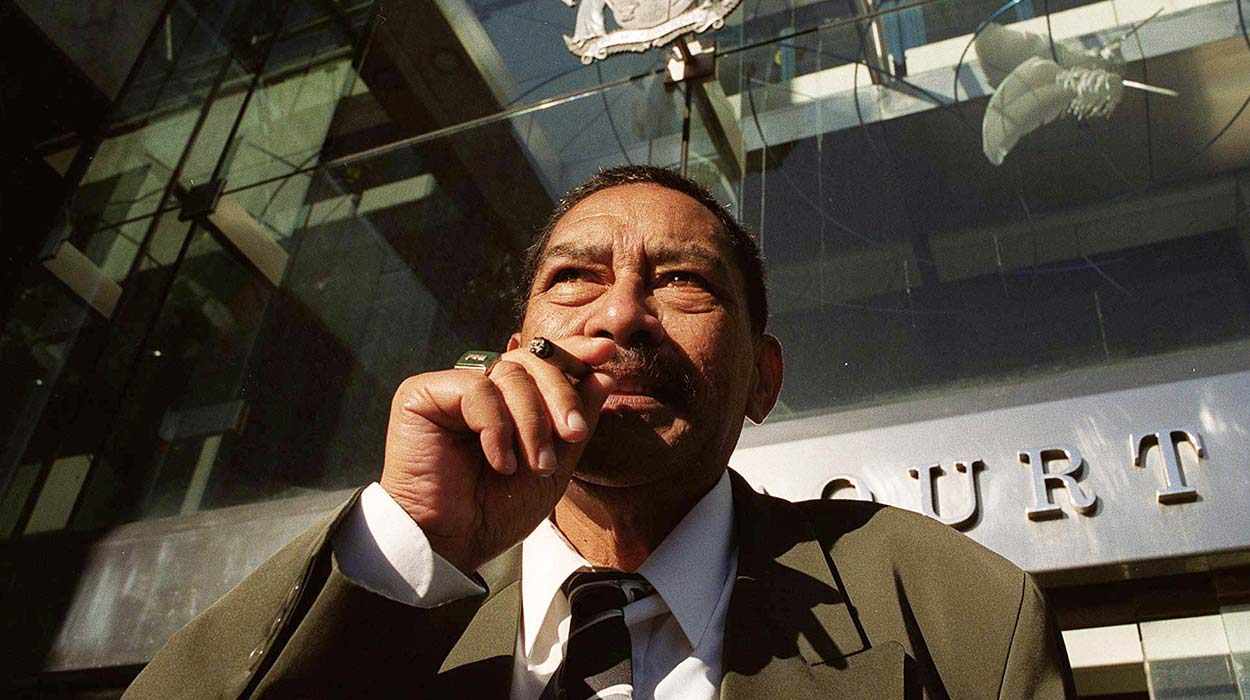
Sir Robert receives knighthood
In June 1996 Sir Robert Te Kotahi Mahuta became the first person to be appointed a Knight Companion of the New Zealand Order of Merit (KNZM) in recognition of his services to Maaori people. Sir Robert was invested with the knighthood in May 1997 at Tuurangawaewae marae, Ngaaruawaahia. This report was produced by TV3‘s Gideon Porter.
Notes and credits
Waikato-Tainui have chosen to use double-vowels rather than macrons in this feature.
This story was originally published on the Waikato-Tainui Endowed College for Research and Development website Raupatu
‘Education is key’ image: Erica Sinclair Photography
‘Waikato-Tainui Endowed College’ image: Erica Sinclair Photography
‘An elitist dream?’ image: Erica Sinclair Photography
‘Education a pathway to liberation’ image: Erica Sinclair Photography
‘Waahine toa provide leadership’ image: Waikato-Tainui Archives
‘Being ready to reciprocate’ image: Alyson Young Photography
‘Sir Robert receives knighthood’ image: Stuff Limited





